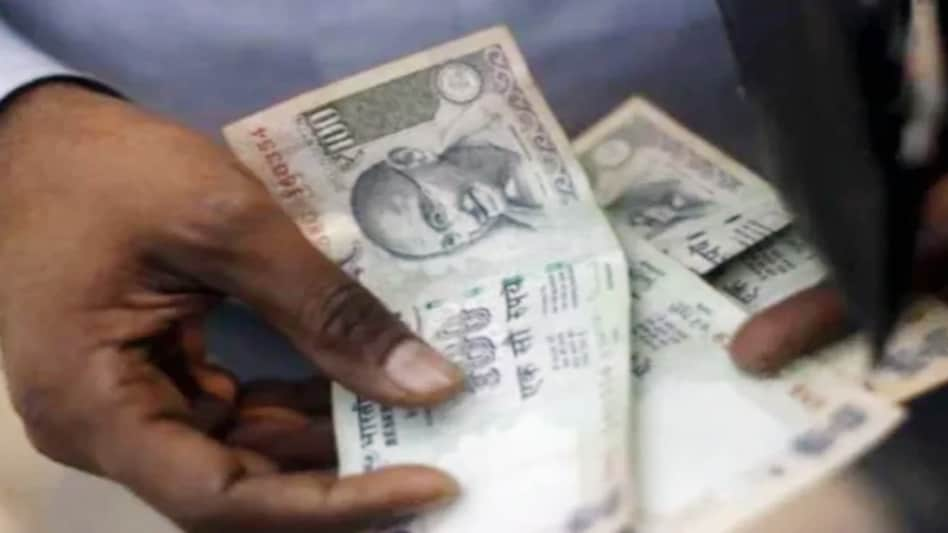 The index of consumer sentiments plunged by 3.8% in April, its sharpest fall since May 2020, says CMIE
The index of consumer sentiments plunged by 3.8% in April, its sharpest fall since May 2020, says CMIE The index of consumer sentiments plunged by 3.8% in April, its sharpest fall since May 2020, says CMIE
The index of consumer sentiments plunged by 3.8% in April, its sharpest fall since May 2020, says CMIEThe COVID-19 second wave had a detrimental impact on household sentiments in April, according to the Centre for Monitoring Indian Economy (CMIE).
There is widespread anguish that is spilling over into the anxiety concerning the long-term well-being of households, says CMIE's managing director and chief executive Mahesh Vyas.
He mentions household sentiments and expectations were bound to get clouded because of rampant infections, scarcities, fear, and deaths. "Science has delivered vaccines but India fell short of delivering these or providing other, more ordinary medical services to the millions that got infected," says Vyas.
He adds that consumer sentiments have been particularly battered during the last three weeks of April, wherein, the index of consumer sentiments dipped by 4.3% in the week ended April 18, then by 4.5% in the week ended April 25, and further by another 5.4% in the week ended May 2. This, he says, brought the weekly index to its lowest since November 2020.
Also Read: Household savings, consumer sentiment to drive economic recovery post pandemic: CMIE
The index of consumer sentiments plunged by 3.8% in April, its sharpest fall since May 2020, Vyas states, adding that it is also an unusually large fall by historical standards. "Both components of the index, the Index of Current Economic Conditions and the Index of Consumer Expectations, fell. Current conditions fell by 2.5% and expectations fell by a much larger 4.5%," he notes.
The fall in consumer sentiments in April reflects a substantial worsening of household income. In March 45% of the respondents had said that their incomes were worse than they were a year ago. In April, this proportion went up to 47%. During the same period, the proportion of respondents who said that their income had improved compared to a year ago declined from 6% to 4%.
"So, perceptions on household incomes worsened at both ends of the income distribution of households," says Vyas.
He states that households were hit by a huge fall in incomes in April 2020, the month of the most draconian lockdown.
"In April 2021, more households are telling us that they are worse off than even in that month of complete shutdown. We will know in another four months if April 2021 incomes were indeed lower than they were in April 2020. We know now that perceptions had worsened," notes Vyas.
Although households seem to have suffered on the income front, their perceptions on buying consumer durables did not deteriorate much in April 2021. The proportion of households that believed it was a good time to buy consumer durables dipped marginally from 6.9% to 6%.
Also Read: Indian consumers gloomy about future, less likely to spend: RBI survey
But the proportion that believed it was a worse time to buy these products also declined from 50.4% to 48.1%. "This is an intriguing counter-intuitive data point. It reflects the different experiences of different income groups during the base period of April 2020. Households with relatively modest incomes were far more pessimistic on purchase of consumer durables then. The level of pessimism in those households has improved moderately, while perceptions in other households are largely unchanged," states Vyas.
He adds that there is heightened pessimism regarding the future - concerning households' incomes over the next 12 months, regarding the economy in the next one year, and also with respect to the next five years. All three components of this index deteriorated during the month. The index of consumer expectations dipped 4.5% in April 2021, which is a sharp fall, he notes.
Talking about a year's time, around 46% of the responding households expect their incomes to worsen, Vyas adds.
"Before the pandemic, less than 10% of the households expected their incomes to decline over a year. When the pandemic struck in 2020, this ratio shot up to 50%. Its rollback is turning out to be very sticky even as the economy has started to recover," he says.